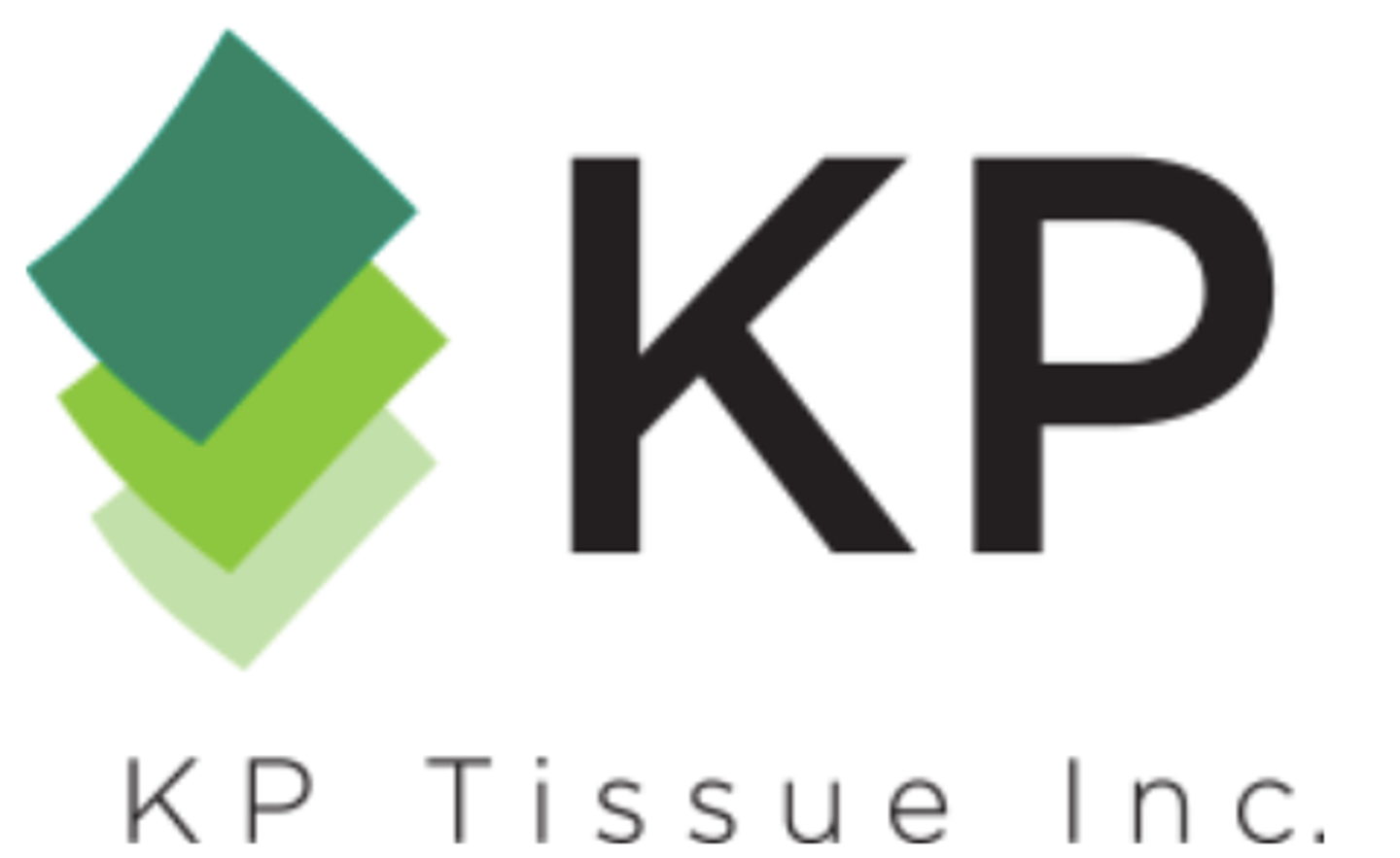Higher Costs Impact KP Tissue's Bottom Line
Third quarter revenue at KP Tissue was up more than 9%, but the company reported a net loss that was partially pinned on increased costs of pulp, manufacturing and freight, company officials said.
For the period ended Sept. 30, total revenue was $427 million, up 9.1% from revenue of $391.4 million in the comparable quarter the previous year. Net loss was $38.8 million in third quarter compared to $9.3 million in the same quarter in 2021, a decrease of $29.5 million. Adjusted EBITDA for the quarter was $30.7 million, compared to $40.3 million in the same quarter the previous year.
“We continued to deliver solid top-line growth in the third quarter while profitability significantly improved from the previous quarter based on the disciplined execution of a multi-faceted strategy,” said Dino Bianco, CEO of KP Tissue. “This included price increases across all segments as well as productivity gains, along with prudent cash management through reductions in working capital and discretionary spending.”
In addition to price increases, the jump in revenue was also the result of higher sales volume in the company’s Away From Home (AFH) segment that was partially offset by lower sales volume in its consumer segment and an unfavorable mix.
Cost of sales in the quarter was $394.6 million, up 14.2% year-over-year. Manufacturing costs increased primarily due to significantly increased pulp costs and high inflation on other input costs, along with the impact of labor shortages and productivity in Memphis manufacturing, plant overhead increases primarily in maintenance and the unfavorable impact of foreign exchange fluctuations on U.S. dollar costs, partially offset by lower sales volumes. Freight costs increased significantly compared to the third quarter of 2021 primarily due to increased freight rates resulting from cost inflation.
Looking ahead to the fourth quarter, company officials said that inflationary pressure has stabilized, price increases are in place, cost-cutting programs have been implemented, discretionary spending has been restricted and operating efficiency is gaining traction. As a result, Adjusted EBITDA in the fourth quarter is expected to exceed last year’s fourth quarter level.


